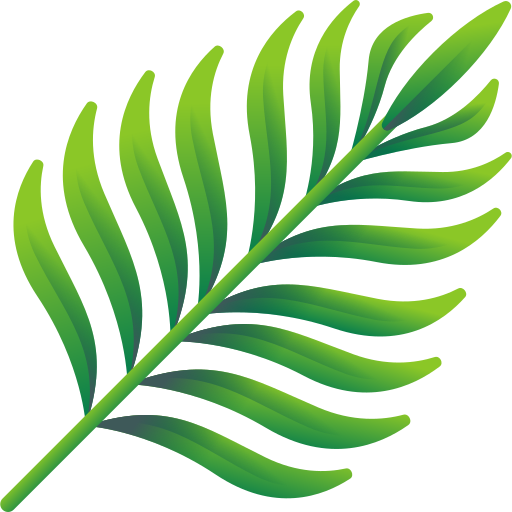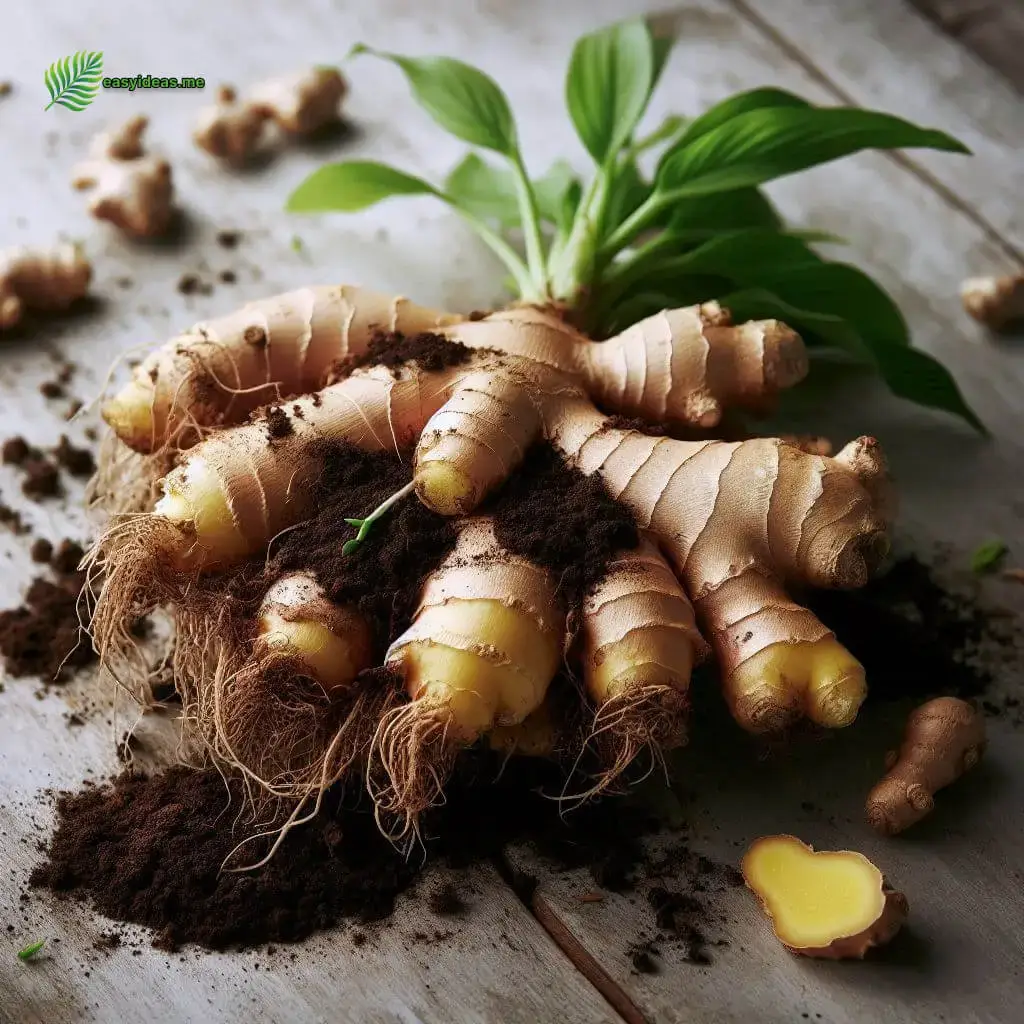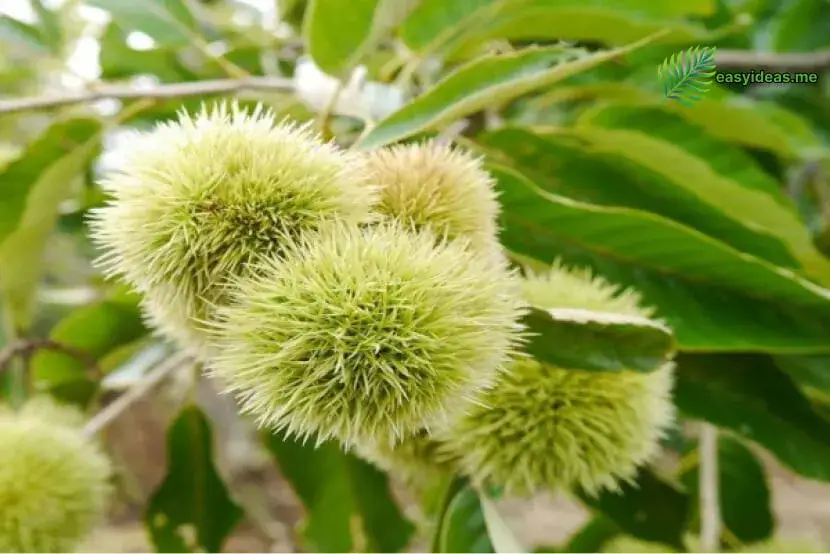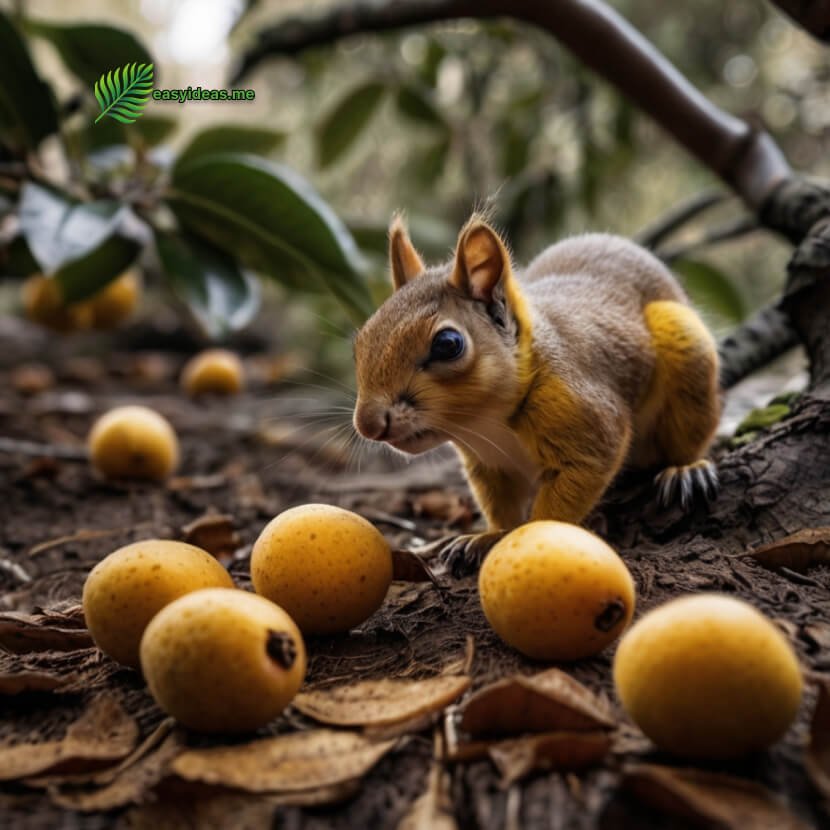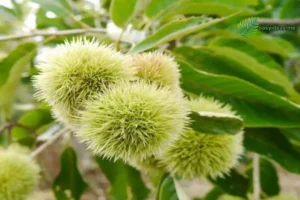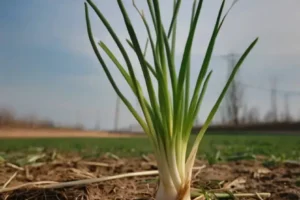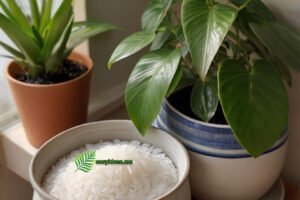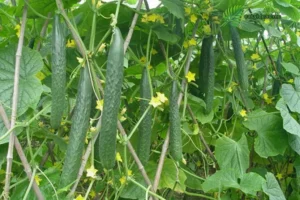Purslane is a herbaceous plant with a sour taste, non-toxic, cooling properties, and high nutritional value. You can easily find this vegetable in most provinces and cities, in moist areas alongside roads, canals, and ponds. It is not only a food ingredient used in various delicious dishes but also a medicinal herb with many beneficial effects in treating common ailments. Let’s explore the effects of purslane in the following article.
1. What is purslane?
Purslane is a plant that belongs to the Portulacaceae family. It is a low-growing herbaceous plant with succulent leaves and stems. The plant has a prostrate or semi-upright growth habit, with branches spreading out along the ground. The leaves of purslane are smooth, fleshy, and paddle-shaped, typically ranging in color from green to reddish-green.
Purslane originates from India and China, but it can now be found in many places and adapts well to various environments. In Vietnam, purslane is found in most provinces and cities, often growing wild in moist areas alongside roads, canals, and ponds.
Purslane has a sour taste, is non-toxic, has cooling properties, and is rich in nutritional value. All parts of the plant, such as the stems, leaves, and flowers, except for the roots, can be used. There are several delicious dishes made from purslane, such as stir-fried purslane with garlic and shrimp, purslane soup with minced meat, purslane salad, and more. It is not only a versatile ingredient for creating tasty dishes but also a medicinal herb with many uses. Purslane can be consumed fresh or dried.
Typically, purslane is harvested in the summer and autumn, and only the larger, reddish stems are used. However, if it is used for culinary purposes, purslane can be found year-round. It is common to crush the leaves with a little salt and apply it directly to wounds or extract the juice for consumption. Additionally, the leaves can be crushed and dried for later use. When properly dried, purslane should be stored in airtight bags in a dry, cool place to ensure long-lasting freshness.

2. What are the characteristics of purslane?
Purslane is a herbaceous plant that belongs to the succulent category, with a water content of approximately 93%. The stems of the plant are purplish-red, trailing along the ground, smooth, and have an average length of about 20cm.
The leaves of purslane are smooth and shiny, with an oval shape and usually no petiole. The average width of the leaves is around 11mm, and they are approximately 1-2cm long. The leaves grow in a rosette pattern and surround the purslane flowers. The flowers typically appear at the top of the plant, without a stalk, and are small with five yellow petals. The plant usually blooms from late spring to mid-autumn. After flowering, spherical fruits develop, containing numerous shiny black seeds.
The roots of purslane have a unique structure, consisting of a main taproot and several fibrous lateral roots. This allows the plant to thrive even in hard, dry, and nutrient-poor soil conditions.
3. The benefits of purslane plant
According to research, purslane is a plant that contains a wide range of beneficial nutrients. Specifically, it contains over 44 compounds including flavonoids, alkaloids, terpenoids, organic acids, vitamins, minerals, and other compounds. The vitamins and minerals present in purslane include vitamin PP, vitamin B1, vitamin B2, vitamin C, vitamin A, folic acid, choline, iron, magnesium, sodium, calcium, potassium, and oxalic acid. Flavonoids are considered the main and most biologically active compounds in purslane.
Traditional Chinese medicine regards purslane as a “longevity herb” with the ability to treat various diseases. It is also one of the most commonly used medicinal herbs. With its diverse and highly therapeutic chemical composition, purslane has the following effects:
3.1 Anti-inflammatory effects:
Based on mucilaginous properties, omega-3 fatty acids, and beneficial minerals, purslane has effective pain-relieving and anti-inflammatory effects. It is particularly effective in reducing pain and discomfort in the urinary and digestive tracts.
3.2 The antioxidant effects:
Purslane is rich in vitamin C, vitamin E, flavonoids, alkaloids, beta-carotene, and glutathione, which help counteract free radicals and prevent aging.

3.3 Good for skin, muscles, and bones:
Purslane is known as a nutrient-rich plant, with high levels of omega-3 fatty acids. This has contributed to its ability to nourish the skin, hair, nails, and joints.
Moreover, the high calcium content in purslane helps support stronger bones. Additionally, the presence of vitamin E and glutathione in purslane helps protect cell membranes and prevent damage from harmful agents.
3.4 Antimicrobial properties:
Purslane has the ability to eliminate various bacteria that cause infections, such as Salmonella and Shigella. Additionally, it exhibits effective antifungal properties against certain fungal diseases. The alcohol extract derived from this plant also shows antibacterial activity against E. coli.
Furthermore, purslane has the ability to eliminate the toxin bisphenol A, which helps improve overall health and enhance immune function.
3.5 Effects on cardiovascular health:
Omega-3 fatty acids have been shown to have a highly effective impact on improving cardiovascular health. They help regulate blood circulation and prevent heart rhythm disorders.
Purslane is relatively high in potassium and omega-3 fatty acids. This helps regulate cholesterol levels in the blood and stabilize blood pressure.
3.6 Digestive support:
Purslane contains a high amount of mucilage, which has a soothing effect on the digestive and urinary tracts, helping to prevent common ailments. Additionally, purslane is used to improve constipation due to its high fiber content and its ability to prevent intestinal parasites.
Moreover, purslane is considered a natural remedy for eliminating excess fluids from the body, which can aid in weight loss. In this way, it is believed to help the body get rid of excess fluid, potentially assisting in weight reduction.
3.7 Cooling and detoxifying effects:
Summer is the peak season for the most abundant and readily available growth of purslane. Using fresh purslane to prepare beverages such as infused water or purslane juice is an excellent way to cool down the body and promote detoxification.
Drinking fresh purslane-infused water or juice is highly effective in providing excellent cooling and detoxifying effects on the body. It helps to quench thirst, provide essential hydration, and harness the beneficial properties of purslane. These include its ability to cool down the body and support the natural detoxification processes.
Utilizing fresh purslane to create refreshing beverages during the summer is a great way to beat the heat and cleanse the body. Remember to properly clean and handle purslane before consumption. If you have any specific health concerns or conditions, it’s always advisable to consult with a healthcare professional.
3.8 Blood sugar-lowering effects:
Purslane has natural blood sugar-lowering properties, as mentioned in the British Pharmacopoeia.

4. Considerations when using purslane:
Purslane is a type of food and medicinal plant with many beneficial uses for human life and health. However, improper use can lead to unforeseen consequences. Here are some considerations when using purslane:
Purslane is commonly consumed fresh, as a beverage or used topically. If consuming fresh purslane, it is recommended to use 50 – 100g per day.
Purslane has cooling properties, so pregnant women or breastfeeding mothers should avoid using it, as it may increase the risk of miscarriage or affect fetal development.
Avoid overcooking purslane during preparation, as it may result in the loss of nutrients.
Individuals with severe or acute diarrhea should avoid using purslane, or if using it, they should combine it with warm or spicy medications.
Purslane contains nitrate and oxalate, so individuals with a history of kidney stones should avoid using it, as it may worsen the condition.
When preparing purslane, it should not be consumed together with catfish, turtle, or balut (duck embryo). If consumed together, it can cause poisoning and even be life-threatening.
Apart from being used as an ingredient, purslane is also a medicinal herb with various healing properties. To maximize effectiveness and avoid side effects, it is important to follow the above-mentioned usage guidelines. When using purslane for medical treatment, it is best to seek advice from a doctor or experienced practitioner.
Please note that the information provided is for general guidance, and it is always advisable to consult with healthcare professionals or experts for personalized advice based on individual circumstances.
